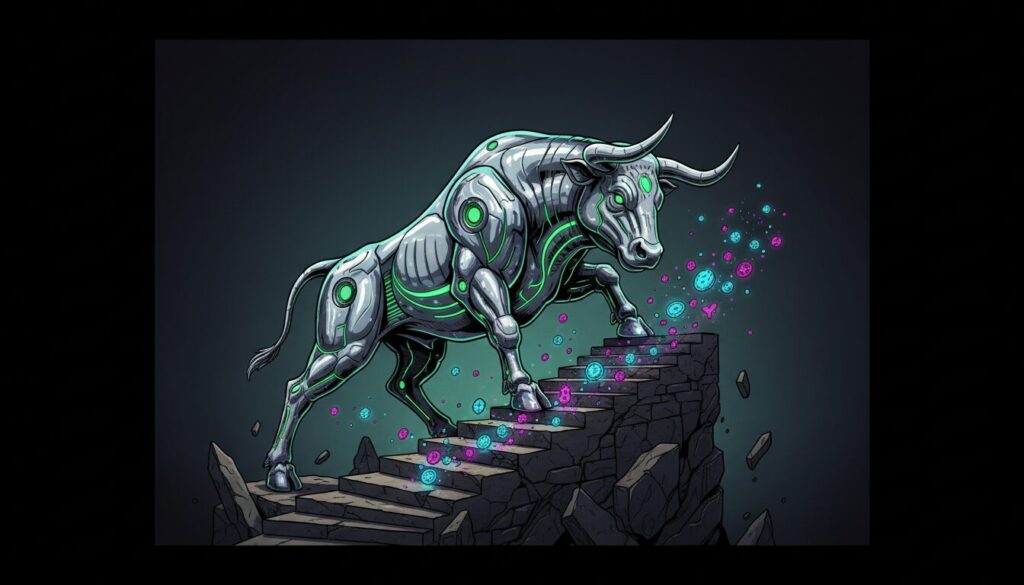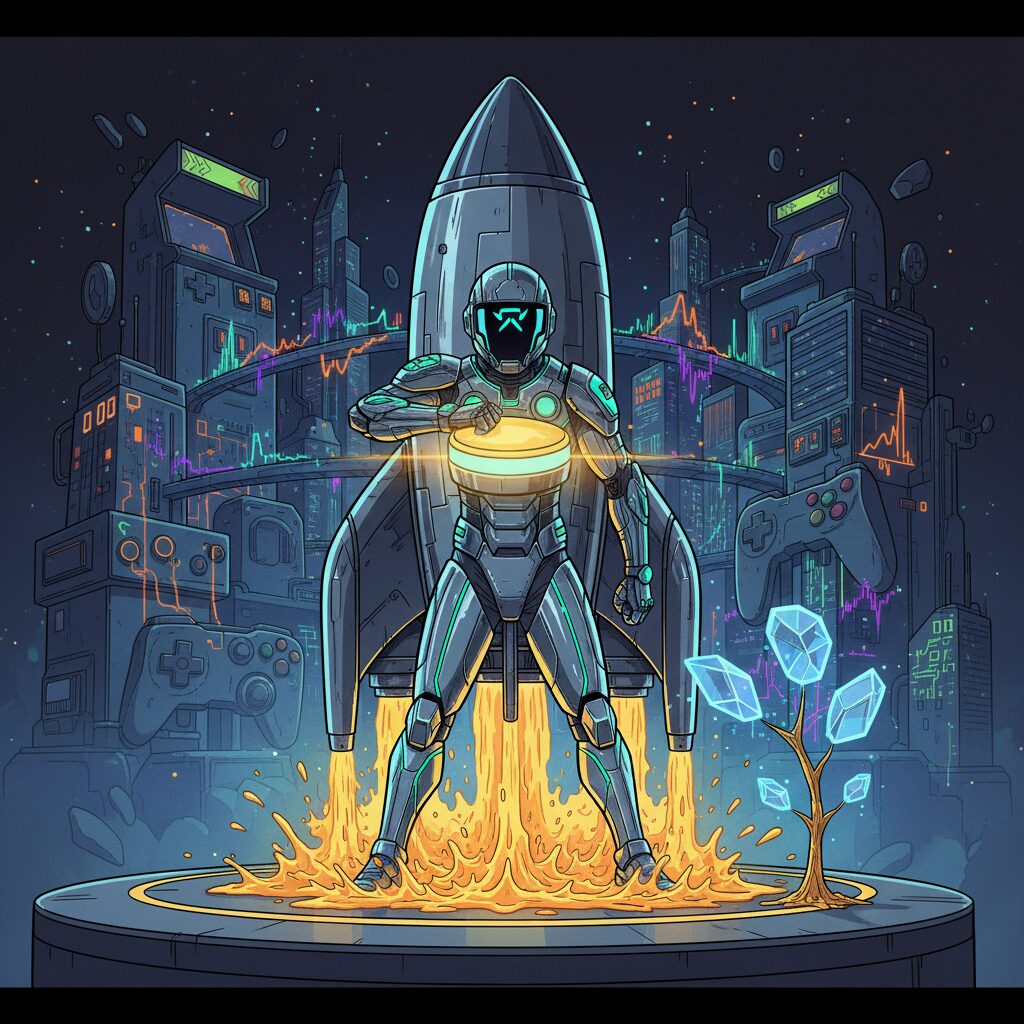Stellar’s XLM Aims to Bridge Traditional Finance and Crypto Payments

In a cryptocurrency market often focused on speculative assets, the Stellar network and its native token, XLM, are carving out a distinct niche focused on tangible, real-world utility. The project is increasingly positioned as a critical piece of infrastructure for the future of global payments and the tokenization of real-world assets.
A Network Built for Speed and Efficiency
At its core, Stellar is an open-source, decentralized protocol designed to facilitate fast, low-cost, cross-border transactions. Unlike many other blockchains, it wasn’t created to replace the existing financial system but rather to enhance it. The network uses the Stellar Consensus Protocol (SCP), a unique model that allows for rapid settlement times—typically just a few seconds—and transaction fees that are fractions of a cent.
This efficiency makes Stellar an ideal platform for everyday payments and remittances, areas where traditional banking systems can be slow and expensive. The network allows for the creation of digital representations of any asset, from fiat currencies like the U.S. dollar to commodities, creating a unified and interoperable financial ecosystem.
Driving Adoption Through Strategic Partnerships
A key driver of Stellar’s real-world adoption is its focus on building partnerships with established financial players. Perhaps the most notable collaboration is with MoneyGram, which enables users to send digital assets and have them converted to cash at physical locations around the world. This creates a powerful on-and-off-ramp that connects the digital economy with traditional financial infrastructure.
Furthermore, Stellar’s integration with Circle’s USDC, one of the world’s leading stablecoins, has expanded its capabilities. Businesses and developers can leverage the speed of Stellar for USDC payments, offering a stable and reliable medium of exchange for global transactions without the volatility associated with other cryptocurrencies.
The Frontier of Real-World Asset Tokenization
Beyond payments, Stellar is emerging as a leader in the tokenization of Real-World Assets (RWAs). This involves creating digital tokens on the blockchain that represent ownership of tangible assets like real estate, bonds, or carbon credits. By bringing these assets onto its network, Stellar provides them with increased liquidity, accessibility, and transparency.
The platform’s built-in compliance features, such as the ability to control who can hold certain assets, make it an attractive choice for institutions looking to explore asset tokenization within a regulated framework. This focus on compliance and security is critical for attracting the institutional capital needed to scale the RWA market.











